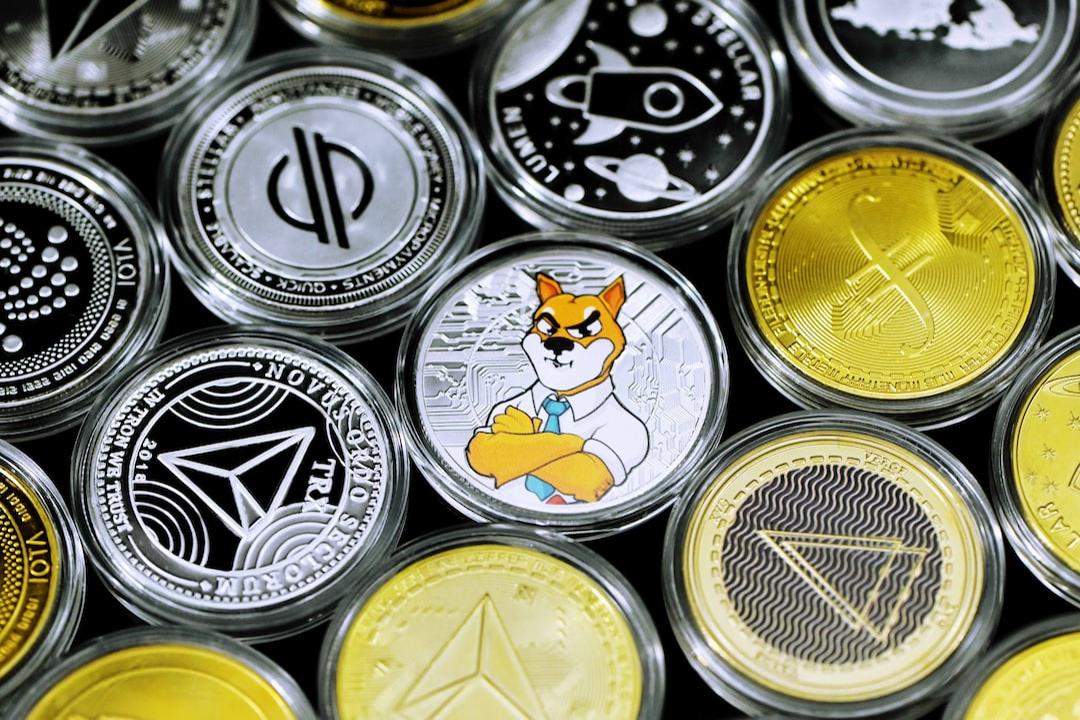In June of this year, the SEC identified SOL, ADA, MATIC, FIL, and other tokens as unregistered securities, leading to a collapse in the cryptocurrency market. With SOL surpassing $125 today, is this the biggest concern for Solana?
(Table of Contents:
SOL continues to rise, how much longer can it go?
)
(Background:
Will Solana’s market value surpass Ethereum? EON Capital: 80% probability within three years
)
The SEC previously identified SOL, ADA, MATIC, FIL, and other tokens as unregistered securities. XRP’s legal victory brings a turning point. Will SOL continue to decline amidst the “boy who cried wolf” effect?
The public blockchain Solana has reached a new high in 20 months, breaking through $125 today. But do you still remember? SOL was previously identified by the SEC as an unregistered security and experienced a daily crash of over 20%. If the SEC intensifies its crackdown, it could bring serious headwinds.
In June of this year, Binance was sued by the U.S. Securities and Exchange Commission (SEC) for alleged violations of 13 securities laws. The lawsuit also mentioned SOL, ADA, MATIC, FIL, and other tokens as unregistered securities, causing a collapse in the cryptocurrency market.
At that time, the cryptocurrency market was concerned that Coinbase, Kraken, and other U.S. trading platforms would have to decide whether to delist these tokens as regulations became stricter. U.S. market makers would also be affected and may have to stop market-making for tokens classified as securities.
When tokens lose liquidity, these altcoins may face further price declines, especially in the face of SEC regulatory uncertainty and potential legal consequences.
At that time, the SEC’s aggressive actions in June indeed caused panic and turbulence in the cryptocurrency industry. However, the legal litigation between the public blockchain Ripple and the SEC regarding whether XRP tokens are securities received a significant update in July. U.S. Judge Analisa Torres made a summary judgment, ruling in favor of Ripple and stating that Ripple’s sale of XRP through exchanges does not constitute securities.
This ruling directly weakened the SEC’s claim that almost “all tokens are securities.” Investors began to reevaluate the potential value and risks of various tokens in the market, rather than categorizing them all as securities.
In November, the SEC again filed a lawsuit against the cryptocurrency exchange Kraken, accusing it of illegally operating a virtual securities exchange, broker, and clearinghouse without registering with the SEC. The SEC also claimed that Kraken commingled customer’s crypto assets “with its own funds.” Worth mentioning is that the SEC once again mentioned 11 cryptocurrencies, including SOL, ADA, MATIC, etc., as securities. However, the market seems to have become numb to the SEC’s position, and there has not been much turmoil.
Despite the potential selling pressure from FTX and the SEC’s unresolved “cryptocurrency securities debate,” the price of the Solana (SOL) public blockchain has continued to rise by over 470% since mid-October. Whether it can continue to grow amidst the gradually clear regulatory pace in the United States remains to be seen.
Related Reports
a16z Outlook for 2024 Trends: Modular Blockchains, Web3 Games, NFT Popularization, AI…
The Next Step in Mining: Current Status and Prospects of Decentralized Computing Power, Which Potential Projects Are There?
Matrixport: Outlook for the Cryptocurrency Industry in the First Half of 2024, 5 Micro Events Surrounding Major Events
Tags:
ADA
MATIC
SEC
SOL


